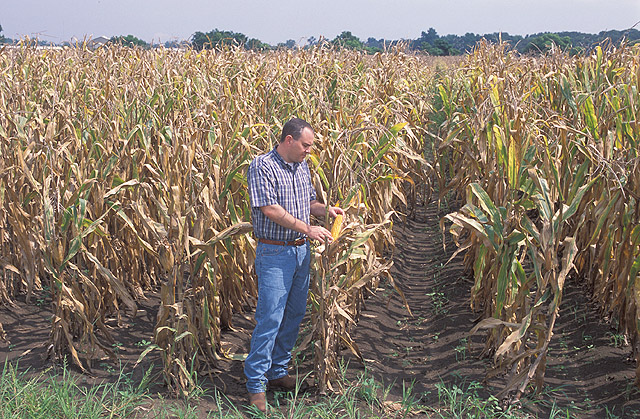The Indiana PrairieFarmer had an interesting story this week about how their corn performed this year. Most of the corn there reached the black layer stage by early October, making it safe from a killing freeze (28 F) this year. Probably just in time, too, since we are expecting much colder conditions to move into a lot of the country (but not most of the Southeast) in the next week or two. If you are a corn producer, this probably won’t surprise you, but I was intrigued by the fact that late planting reduces the total number of growing degree days required for corn to mature. In Indiana, corn planted in early May requires 863 GDDs (Growing Degree Days) to go from R3 to black layer, the stage at which corn kernels are physiologically mature and don’t need to grow further. Corn planted in mid-June only takes 681 GDDs. Some reasons that there are differences:
- Temperature: Late-planted corn is typically planted in warmer soil and air temperatures. This can lead to faster germination and early growth. As a result, late-planted corn may have a shorter vegetative growth period, which requires fewer GDDs.
- Daylength: Late-planted corn is typically planted during a time of longer days. This can lead to increased photosynthesis and faster growth. As a result, late-planted corn may have a shorter grain filling period, which requires fewer GDDs.
- Stress: Early-planted corn is more likely to be exposed to stress factors such as cold temperatures, frost, and drought. These stress factors can slow growth and development. As a result, early-planted corn may require more GDDs to reach black layer.
